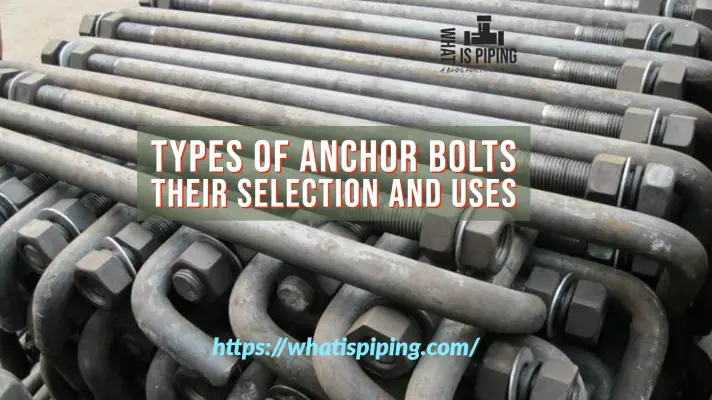Many industry newcomers feel a washer and a gasket are the same as both of them consist of a similar design and both are used in conjunction with other objects. Even though their looks are quite similar, both washers and gaskets are used for completely different purposes. In this article, we will learn the major differences between a gasket and a washer.
What is a Washer?
A washer is a disc-shaped thin plate having a hole in the center. Washers are generally used as a fastener along with nuts or bolts for the purpose of distributing the load. The hollow center of the washer is inserted into the bolt and then the nut-bolt arrangement is tightened. The washer then distributes the bolt’s load across its disc-shaped surface.
Washers are manufactured in various types like:
- Plain washers
- Spring washers
- Cupped washers
- Toothed washers
- Locking washers
- Torque washers
- Tab washers
- Wedge lock washers
What is a Gasket?
A gasket is a sealing element between two bodies. They are used to prevent leaks around the two mating surfaces. The irregularities of machined surfaces are filled by the gasket to prevent leakage. Click here to learn more about various types of gaskets and their working.
Depending on the application, they are manufactured into various types like
- Metallic and Non-Metallic gaskets
- Spiral-wound gaskets
- Constant seating gaskets
- Flange gaskets
- Ring joint gaskets
- Soft-cut gaskets

Washers vs Gaskets: the Differences between Washers and Gaskets
From the definition mentioned above, it is quite evident that both washers and gaskets are completely different items with different purposes. The major differences between a gasket and a washer are:
1.0 Washers distribute the loads applied on threaded fasteners while gaskets prevent leakage of fluids through flanged joints. Gaskets are used for sealing applications with flanges or valves whereas washers are used with nuts and bolts.
2.0 To distribute loads, the washers need to be rigid. On the other hand, a rigid gasket will not work as required.
3.0 Gaskets are manufactured in a wide variety of shapes and sizes whereas washers are normally made of uniform circular shapes. The central hole of the washers is small to fit into the bolts. The gaskets also have a central hole which is larger as compared to washers.
4.0 In general, washers are made from metals. On the other hand, gaskets are available in metals, metal alloys, non-metals like rubber, and other synthetic materials.
5.0 Sometimes a sealant is used with the gasket to improve its performance and longevity. But sealant is not used with washers.









Mr Anup Kumar Dey, you are doing an excellent job of blogging in Piping engineering. Your explanation in every piping topics are very interesting and gives wide knowledge.
Please continue for the betterment of piping engineers.
Best wishes to you.
Thanks Anup; good refresher for basics and fundamentals; I’m a regular reader of your blog.
Good informative Anup